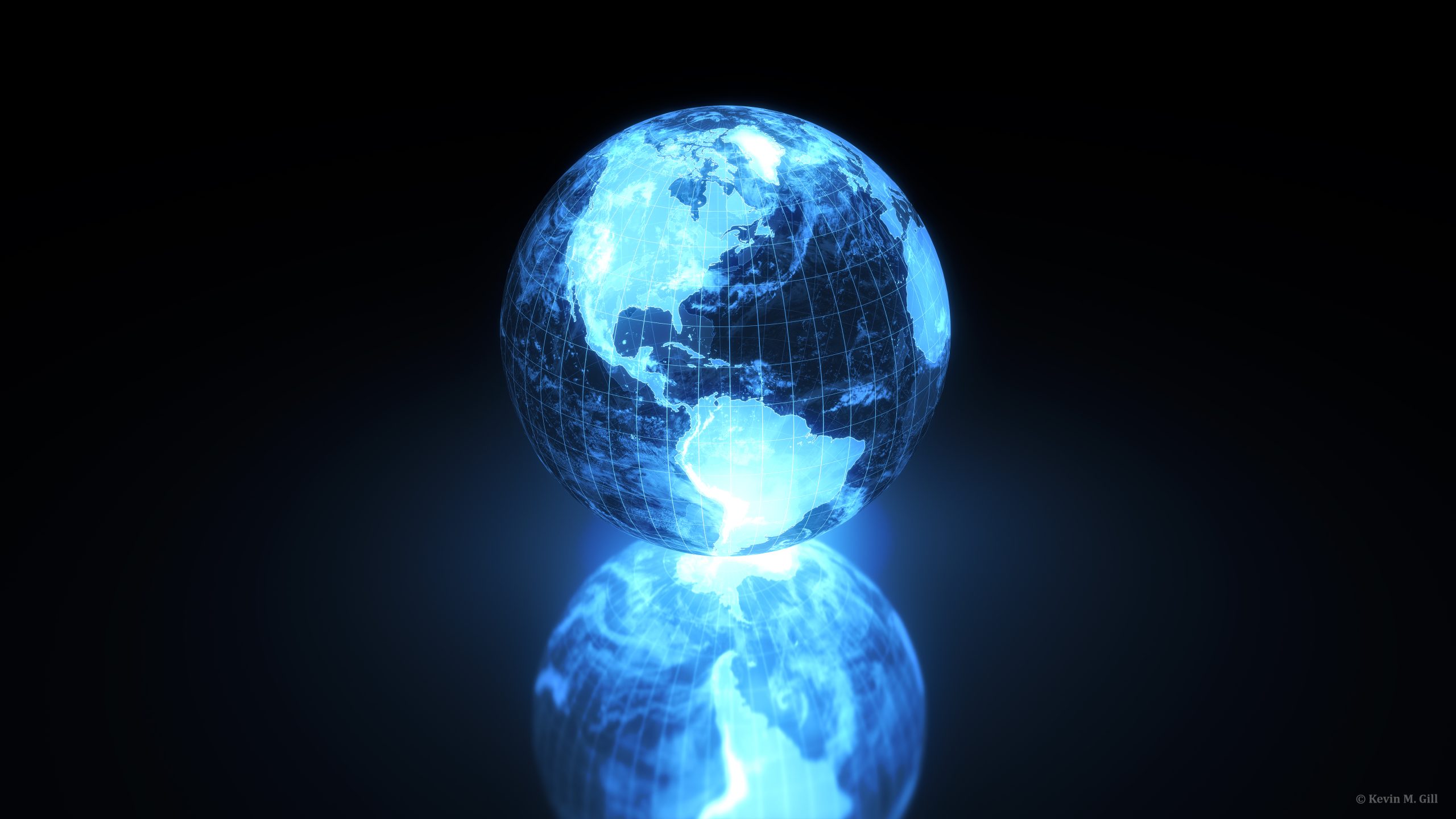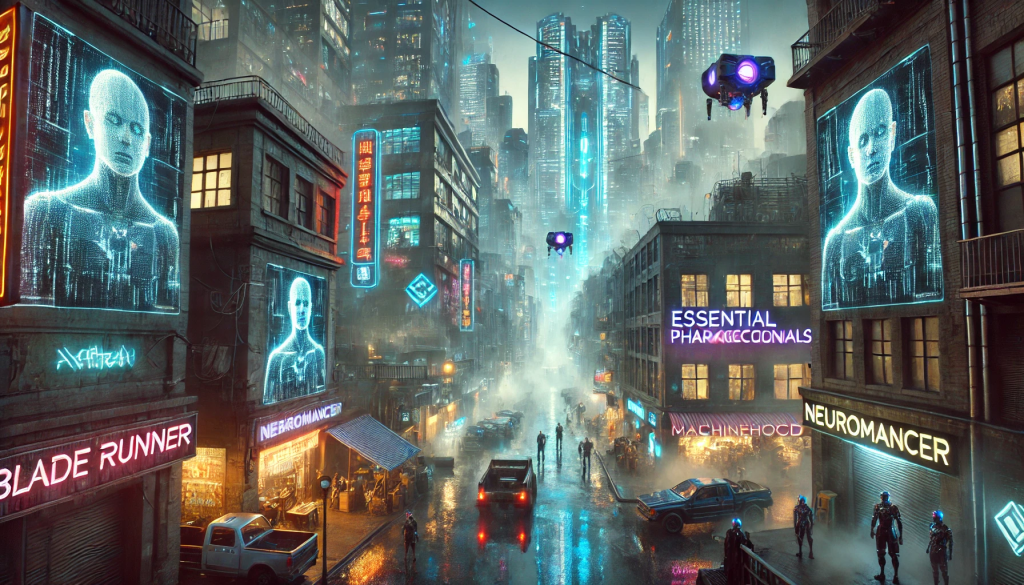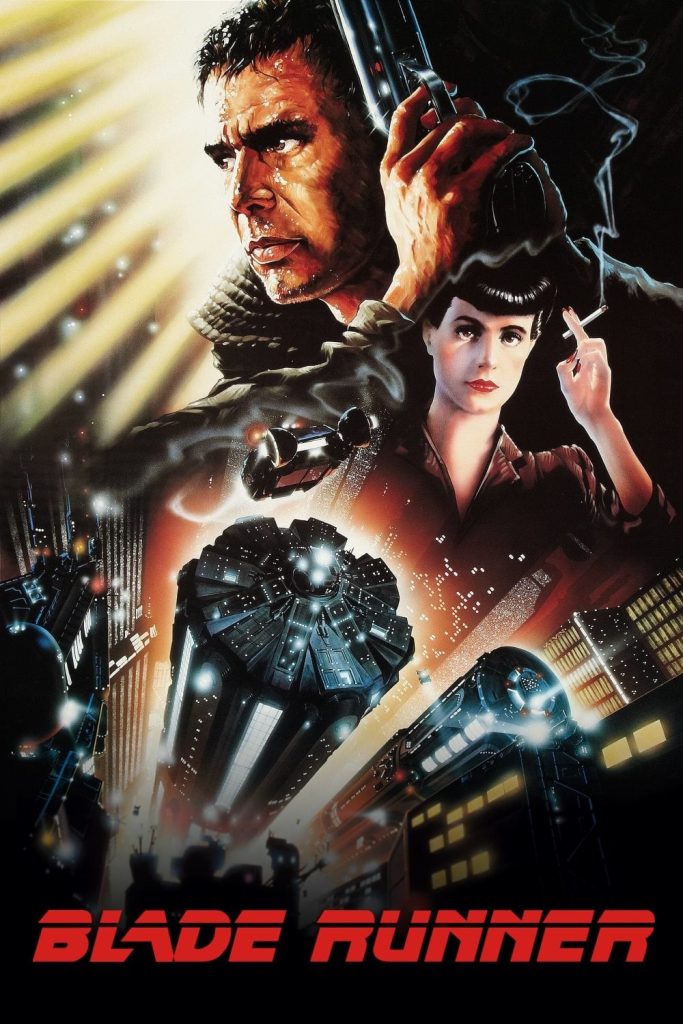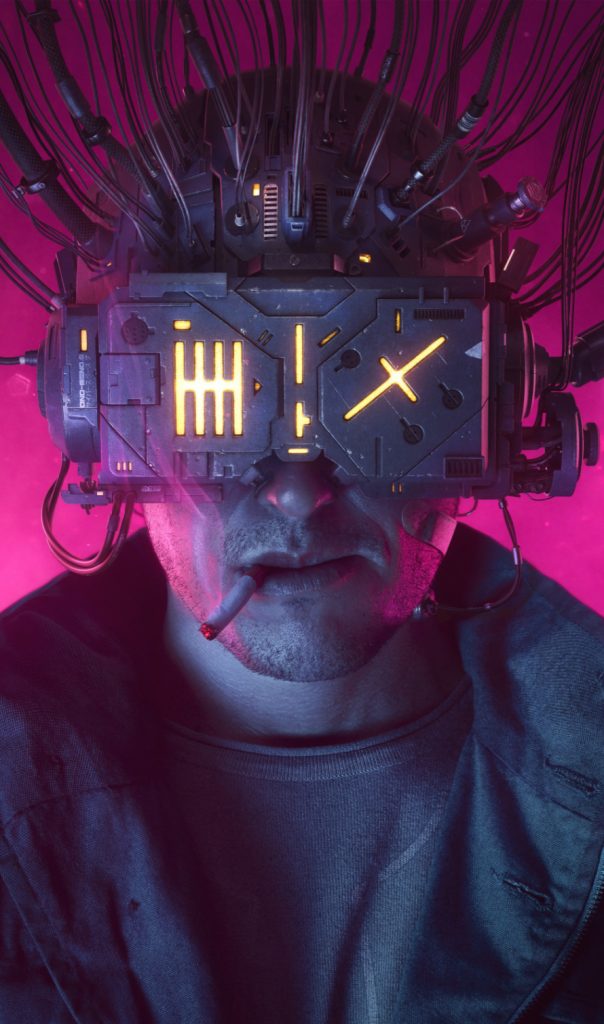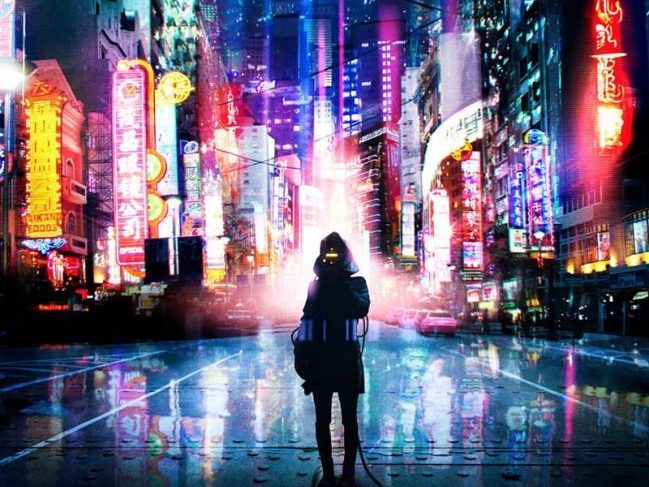The movie Blade Runner (1982) and book Neuromancer (1984) are highly renowned for their foundational impact on the cyberpunk genre. Both of them tackle the idea of what it means to be human and question the boundaries between humans and technology. Blade Runner focuses on what it means to be human through its depiction of replicants, while Neuromancer explores similar themes through its characters’ interactions with artificial intelligences and cyberspace.
Starting with Bladerunner, there are these man-made beings called replicants that are indistinguishable from humans but are treated as nothing more than tools. The whole idea of the film is to answer whether or not the replicants could be considered human based off of their actions. For example, Roy Batty (the film’s ‘antagonist’), shows that he has emotions, real, deep human ones at that, when he was in the face of death. With his dying breath he said, “All those moments will be lost in time, like tears in rain.” This statement was used to reflect that the replicants’ struggle to be recognized as sentient beings will continue on. This moment makes the viewer question what makes a being truly human.
Neuromancer basically tackles these same questions, but instead of what resembles an android, is replaced by cyberspace and artificial intelligences. The main character, Case, is a washed-up hacker who was hired to monitor and navigate the digital world. In his journey, he came across an AI named Wintermute who is one half of its counterpart Neuromancer. Wintermute’s goal is to merge with Neuromancer to become unified with the counterpart to achieve “wholeness”. This desire is resemblant to that of humanity as Wintermute shows signs of wanting to achieve a greater form of consciousness. This in turn, makes both the reader and Case question if an entity born of code can reach the status of humanity.

